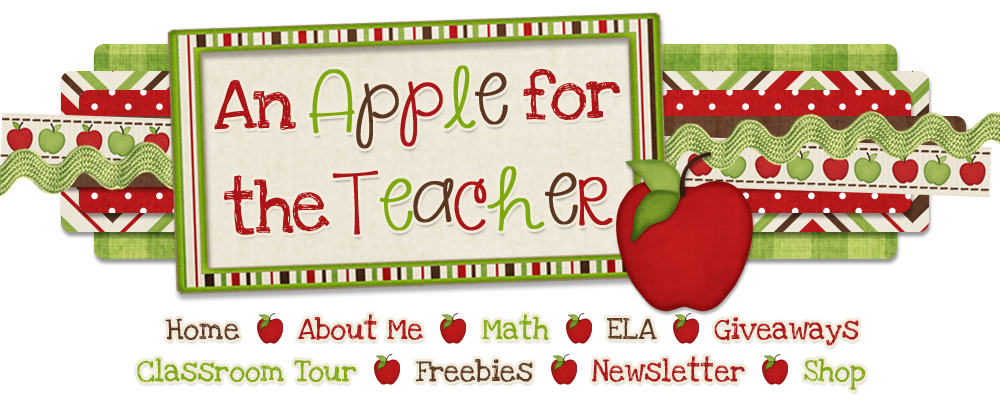I was fortunate enough to be able to attend the NSTA (National Science Teacher's Association) conference held in Reno two weeks ago. I learned sooo much and I am so excited to bring back some of the ideas to my students.
One of the lessons demonstrated during the seminar was a great way to introduce scientific thinking and questioning to your students and could be used with a variety of grade levels. I had my students try it out last week.
The project is essentially a physics experiment that asks how many times can you fold a piece of paper in half.
I had my students make predictions before they began folding, and they wrote their predictions on post-it notes. We talked about how we could organize our data, and they suggested putting the estimations that were the same together.
Don't judge our dirty white board easel - it is well loved :)
Most students predicted around 7 folds. Then, I had the students each fold a piece of paper counting how many times they folded it in half. They then told me how many folds they had, and we collected that data.
We found that most students could fold their paper in half 6 to 7 times. Then I asked them if they had any questions about what we had done. One of them asked, "Would bigger paper make more folds?" We voted to see what we thought.
"How could we test it?" I asked.
"Could we use one of the anchor chart papers?" One of my students asked.
We tried it out.
With the big paper we were able to fold it 6 times. "Any other questions?"
"Would it work with a smaller paper?" Someone asked as they were already folding a post-it. 6 times again.
"Does that always work?"
"Interesting that you ask... MythBusters checked this out." I told them and then showed this video.
"Does the thickness of the paper matter?" Another student asked after watching the video.
"Again another great question! Did you know a STUDENT actually asked this question and came up with a mathematical equation to figure that out?" We then read this article about the high school student who did just that.

I will be sharing some other lessons soon, so stay tuned!
If you do this lesson with your students, I would love to hear how it goes!





















